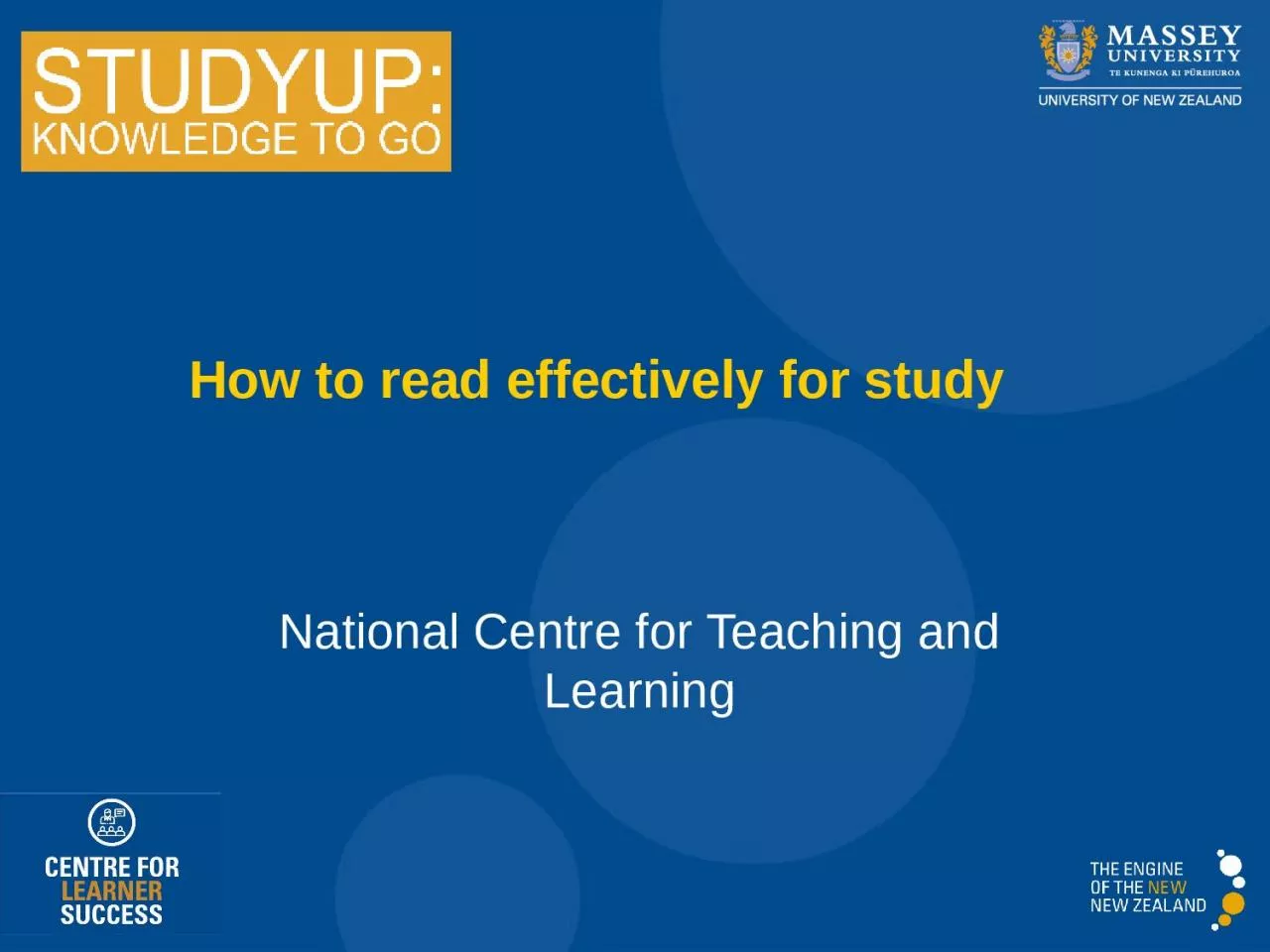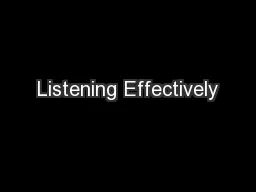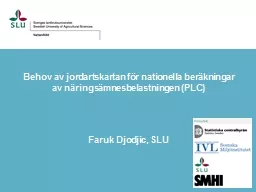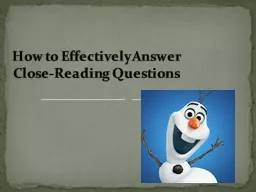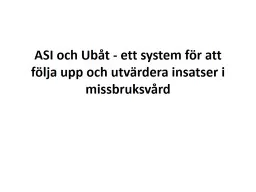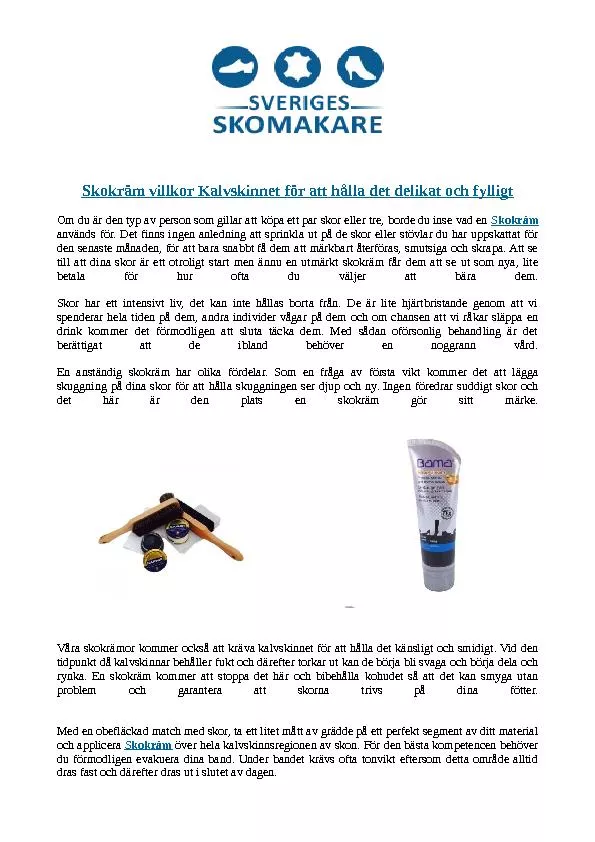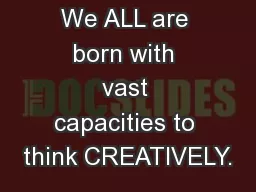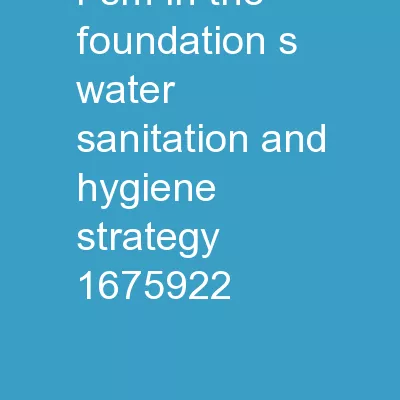PPT-How to read effectively for study
Author : anastasia | Published Date : 2024-03-15
National Centre for Teaching and Learning Learning outcomes By the end of this workshop you should have a better idea how to Read with a purpose Adjust your reading
Presentation Embed Code
Download Presentation
Download Presentation The PPT/PDF document "How to read effectively for study" is the property of its rightful owner. Permission is granted to download and print the materials on this website for personal, non-commercial use only, and to display it on your personal computer provided you do not modify the materials and that you retain all copyright notices contained in the materials. By downloading content from our website, you accept the terms of this agreement.
How to read effectively for study: Transcript
Download Rules Of Document
"How to read effectively for study"The content belongs to its owner. You may download and print it for personal use, without modification, and keep all copyright notices. By downloading, you agree to these terms.
Related Documents

